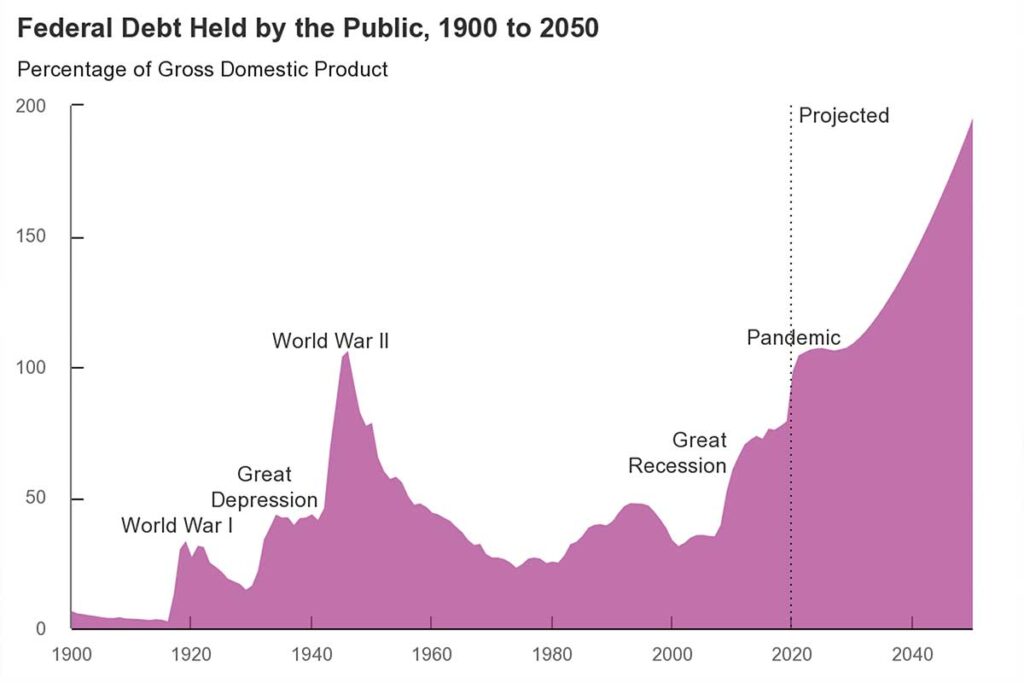 Fixing the national debt is a complex issue that requires a well-thought-out plan and a commitment to addressing the root causes of the problem. While it may be tempting to propose quick-fix solutions, the reality is that any solution to the national debt must be comprehensive and sustainable in the long term.
Fixing the national debt is a complex issue that requires a well-thought-out plan and a commitment to addressing the root causes of the problem. While it may be tempting to propose quick-fix solutions, the reality is that any solution to the national debt must be comprehensive and sustainable in the long term.
One potential approach to addressing the national debt is to focus on increasing government revenues through a combination of tax reforms and increased economic growth. This may include measures such as closing tax loopholes, increasing taxes on the wealthy, and incentivizing businesses to invest in the American economy.
Another key element of any plan to address the national debt is to reduce government spending, particularly in areas where there is little return on investment. This may include cutting back on unnecessary military spending, reforming entitlement programs such as Social Security and Medicare, and reducing subsidies for industries that are no longer economically viable.
Additionally, addressing the student loan debt crisis is a critical component of any comprehensive plan to address the national debt. This may include measures such as expanding access to affordable education, providing debt relief for current borrowers, and incentivizing businesses to invest in the education and training of their employees.
Fixing the national debt is a complex issue that requires a multi-faceted approach. While there is no single solution that will solve the problem overnight, a combination of increased government revenues, reduced government spending, and targeted investments in education and training can help to address the root causes of the problem and ensure a sustainable future for generations to come.